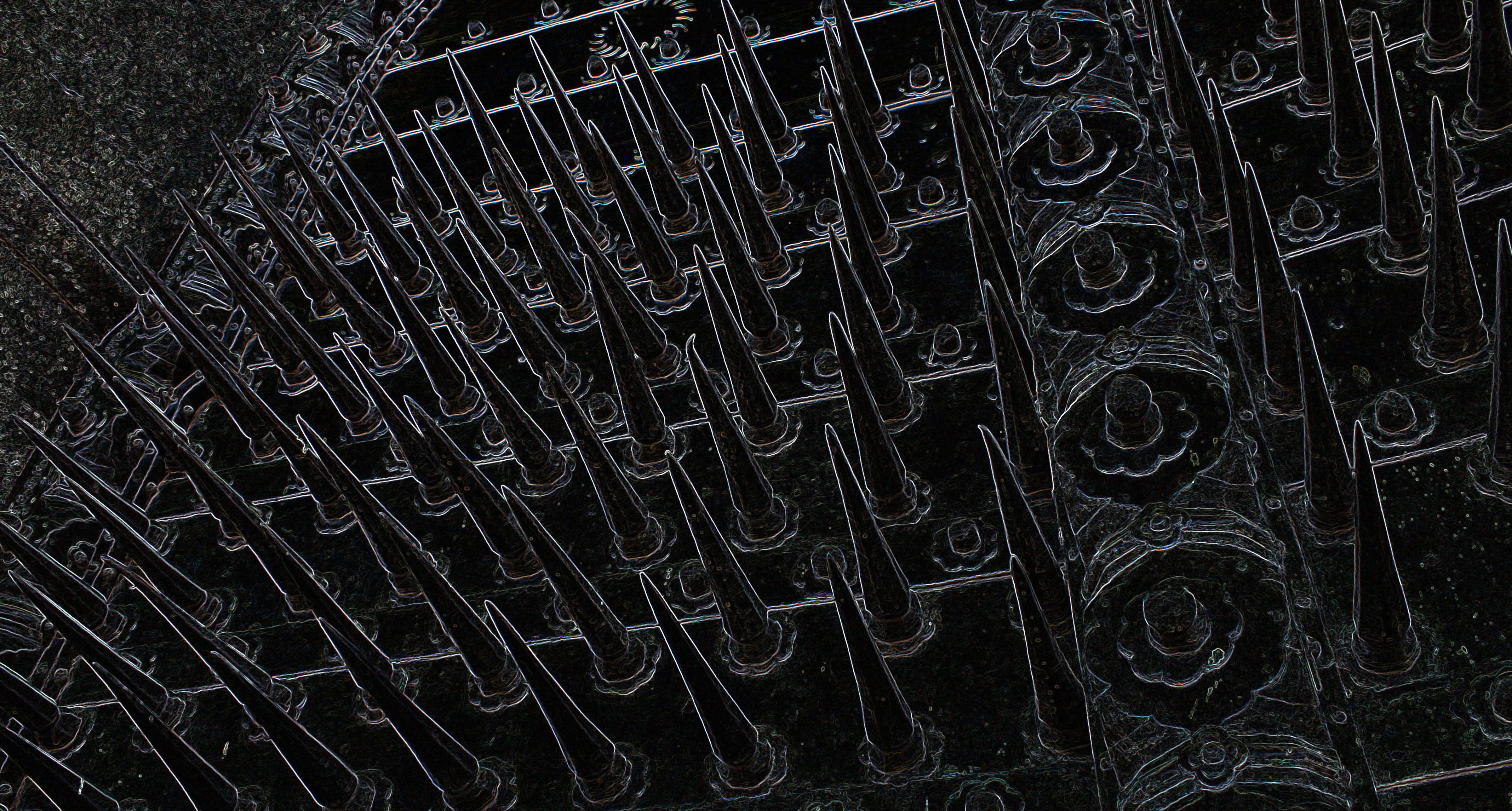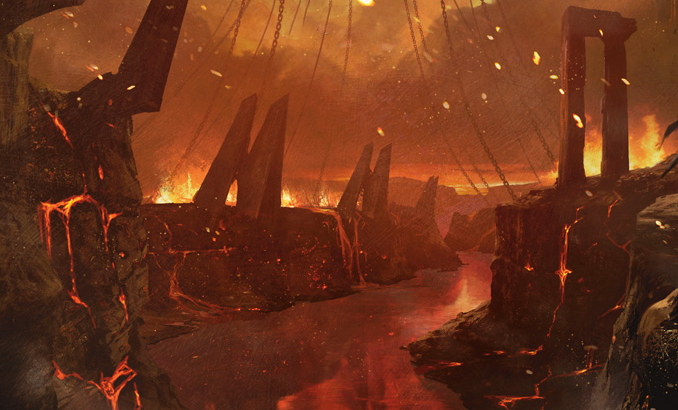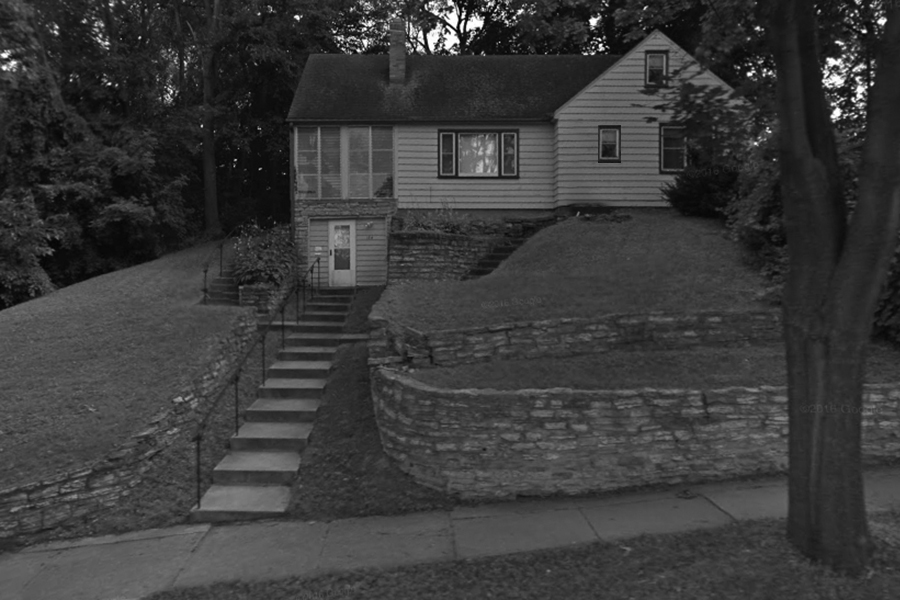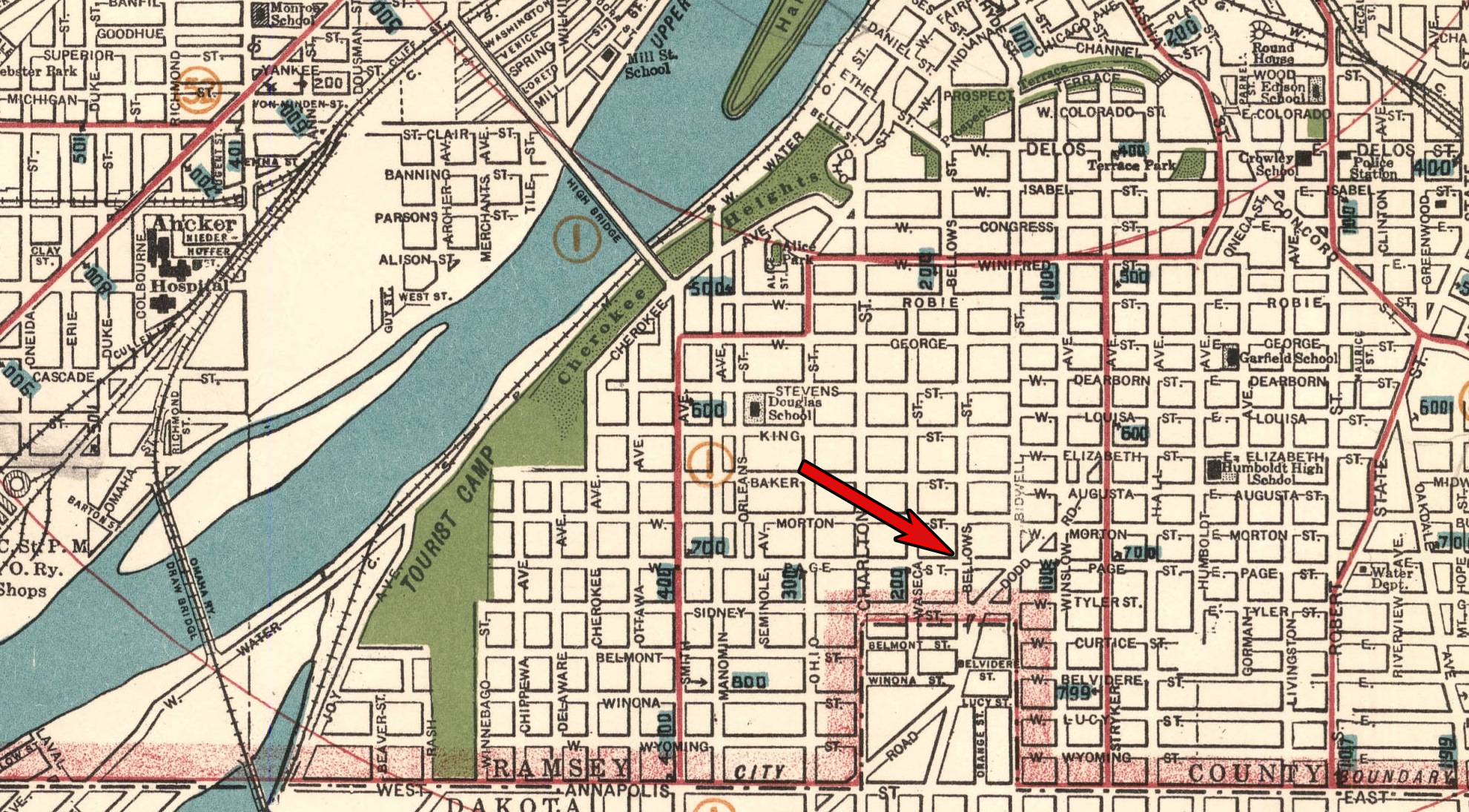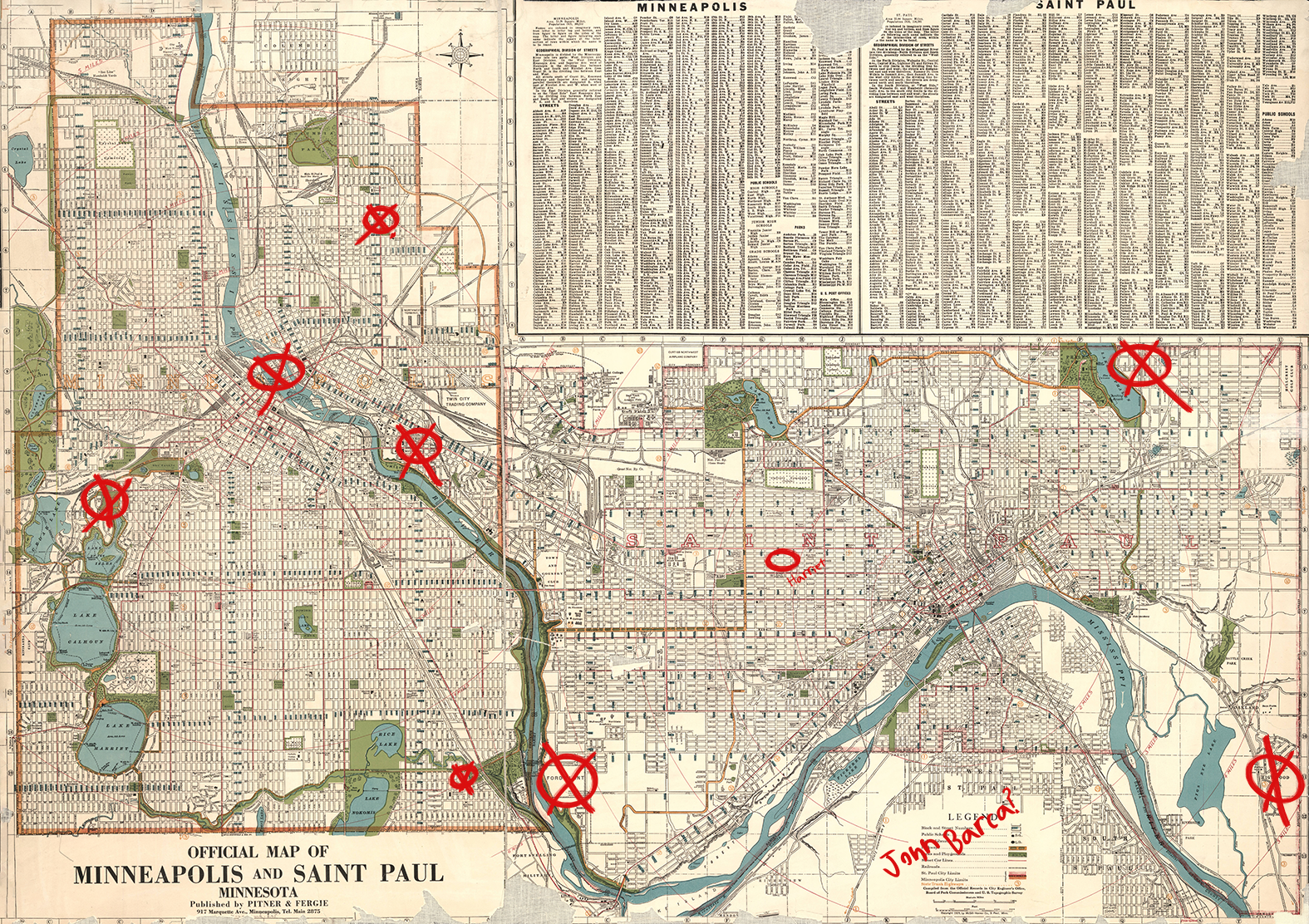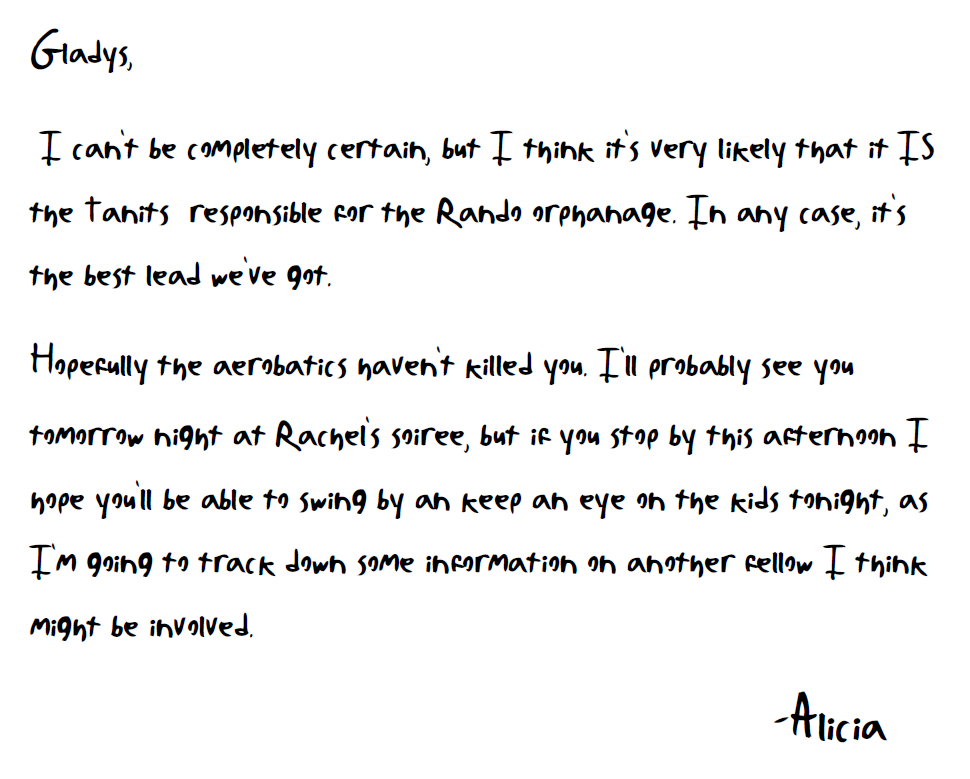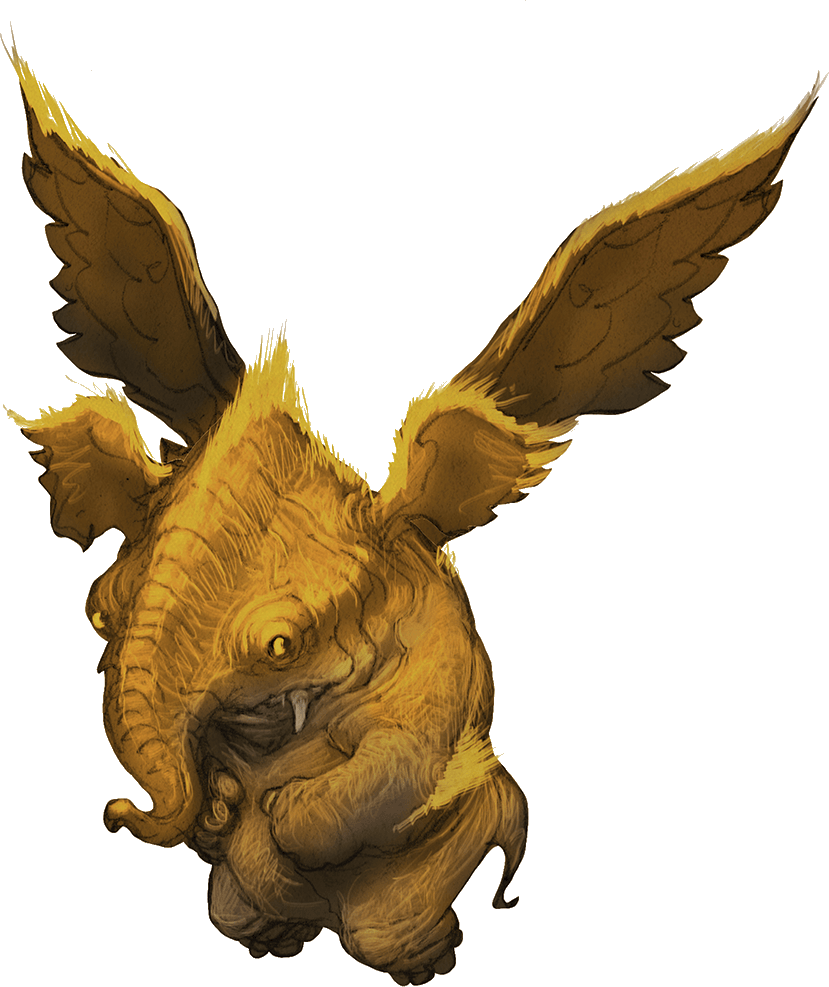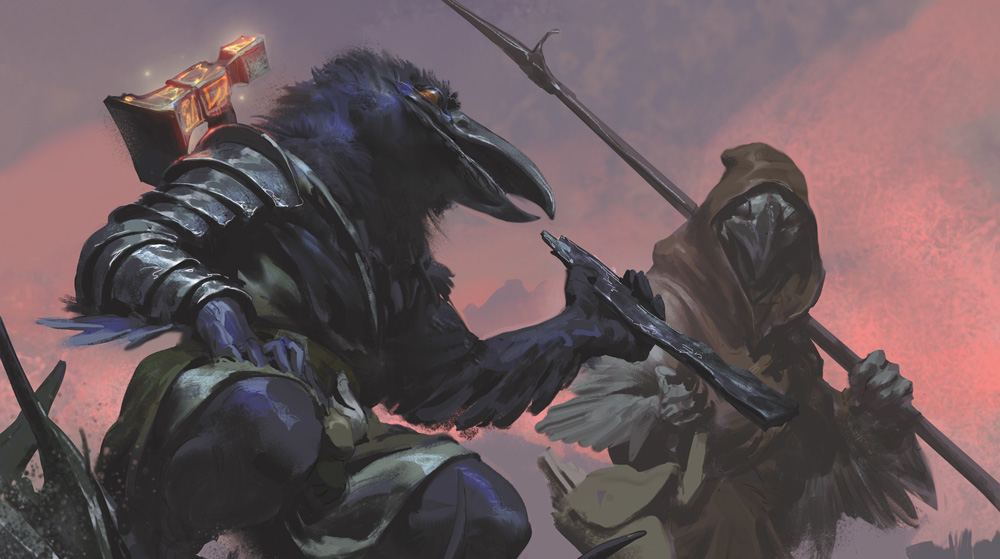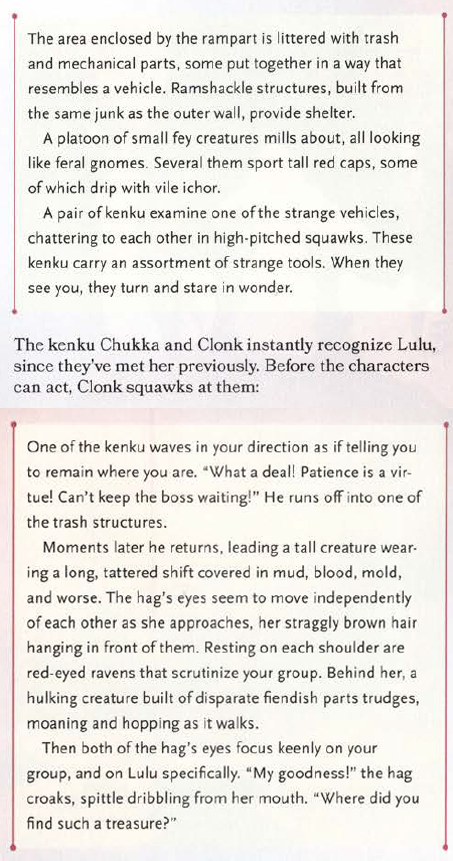People have a problem with traps: They’re boring.
Not only are they boring when they’re triggered — with the DM arbitrarily telling you to make a saving throw at the penalty of suffering some minor amount of damage — they engender boring play by encouraging players to turtle up and methodically, laboriously, and excruciatingly examine every square inch of the dungeon in torrid bouts of pace-murdering paranoia.
And if you feel this way, you’re in illustrious company. Here’s Gary Gygax giving some of the worst GMing advice you’ll hopefully ever read (Dungeon Master’s Guide, 1979):
Assume your players are continually wasting time (thus making the so-called adventure drag out into a boring session of dice rolling and delay) if they are checking endlessly for traps and listening at every door. If this persists, despite the obvious displeasure you express, the requirement that helmets be doffed and mail coifs removed to listen at a door, and then be carefully replaced, the warnings about ear seekers, and frequent checks for wandering monsters (q.v.), then you will have to take more direct part in things. Mocking their over-cautious behavior as near cowardice, rolling huge handfuls of dice and then telling them the results are negative, and statements to the effect that: “You detect nothing, and nothing has detected YOU so far—” might suffice. If the problem should continue, then rooms full of silent monsters will turn the tide, but that is the stuff of later adventures.
Uh… yeah. Do literally none of that. But you can feel Gygax’s palpable frustration with the style of play his own killer dungeons had created boiling off the page.
Despite this, traps are a staple of Dungeons & Dragons. They date back to the earliest days of the hobby and they remain a prominent part of the game’s culture and its adventures. In fact, if you go back to the ‘70s and ‘80s you’ll find that traps weren’t just tolerated, they were gleefully celebrated.
Is that because people were clueless back then? They were just fooling themselves into thinking they liked traps?
No, in fact. It turns out that traps used to be different.
We’ll start by looking at how they were different, and then we’ll talk about why that’s important.
QUICK HISTORICAL SURVEY
If you look all the way back to the original edition of D&D in 1974, there are three things to note:
- Thieves didn’t exist yet, and there were no skills (or other checks) that could be used to find or disable traps.
- Traps did not automatically trigger. Instead, they triggered on a roll of 1 or 2 on a d6. (In other words, any time someone walked down a hallway with a trap in it, there was only a 1 in 3 chance the trap would actually go off.)
- Carefully searching an area for a trap took 1 turn. This was a substantial systemic cost, because the DM made a wandering monster check (with a 1 in 6 chance) every single turn.
In Supplement 1: Greyhawk (1975), the thief class was added. There was now a skill check that could be made to find and disable traps.
AD&D (1977-79) dropped the 1 in 3 chance of a trap triggering. This mechanic was still commonly found in published modules of the era, however, and, therefore, remained part of the meme-sphere for a time. However, as play moved away from open table megadungeons and DMs increasingly ran disposable dungeons designed for a single traverse, the 1 in 3 chance meant that some traps would never be encountered. The idea of PCs not seeing every single scrap of material in a scenario became a sort of heresy, and this mechanic phased out.
The use of wandering monster checks also became deprecated. First by significantly reducing the frequency of checks and, later, often eliminating the wandering monster check entirely. This eliminated the system costs associated with searching anywhere and everywhere.
Over the course of 2nd Edition, modules slowly standardized trap stat blocks. 3rd Edition then incorporated these into the DMG (actually presenting the most extensive resource of pre-built traps seen in a core rulebook up to that point). Whereas previously the presentation of traps had been organic and narrative, it was now largely formalized into a check-or-damage mechanical format.
3rd Edition also substantially reduced the amount of time required to search an area for traps from 1 turn (10 minutes) to, generally, 1 round.
 Jumping to 5th Edition, we discover both the worst advice and some good advice for running traps jammed together on the same page.
Jumping to 5th Edition, we discover both the worst advice and some good advice for running traps jammed together on the same page.
The worst advice is the mechanical structure: Passive Wisdom (Perception) checks determine whether anyone notices the trap. If they do, an Intelligence (Investigation) allows the character to figure out how to disable it. And then a Dexterity (Thieves’ Tools) check determines whether they can actually disable it.
In other words, by 5th Edition the mechanical resolution of a trap has devolved into an entirely automatic sequence of mechanical interactions which the players neither initiate nor make meaningful choices during.
No wonder people think traps are boring! You could do this with ANY element of the game and it would be boring! Imagine if every social interaction was resolved with a passive Charisma check to initiate the conversation, a Wisdom (Insight) check to determine what you should say to them, and a Charisma (Persuasion) check to see if you say it successfully.
Both the fiction and the mechanics have atrophied, and the fiction-mechanics cycle has broken down.
The good advice is this bit:
Foiling traps can be a little more complicated. Consider a trapped treasure chest. If the chest is opened without first pulling on the two handles set in it sides, a mechanism inside fires a hail of poison needles toward anyone in front of it. After inspecting the chest and making a few checks, the characters are still unsure if it’s trapped. Rather than simply open the chest, they prop a shield in front of it and push the chest open at a distance with an iron rod. In this case, the trap still triggers, but the hail of needles fires harmlessly into the shield.
Why is this good advice? And what does it mean to actually put this advice into practice?
HOW TRAPS WORK
Let’s briefly sum up how traps used to work:
- There was a cost associated with initiating a search, so players had to make deliberate and specific choices about when and where to look for traps.
- The 1 in 3 mechanic made the outcome of even identical traps less predictable: It wasn’t always the guy in front who triggered the trap. Sometimes it would be the last person in line. Or maybe the trap would go off in the middle of the group. Or you might walk past it safely on your way into the dungeon only to trigger it as you were desperately trying to run back out again. Completely different dynamics (and experiences) in each case.
- There were no mechanics, so players had to creatively interact with a trap in order to both find and deal with it. And, on the flip-side, this also forced DMs to creatively define the nature of the trap beyond skill check DCs.
Let’s start with the cost. If you want to avoid every expedition being slowed to a snail’s crawl by paranoia (or players simply feeling resentful that they have to choose between having fun and avoiding an intermittent damage tax), then there needs to be a cost associated with searching so that the players have to strategically decide when it’s worthwhile to pay that cost. In other words, the cost forces the players to make meaningful (and interesting) choices.
This cost will usually take the form of time: Time wasted searching for traps makes you vulnerable to other threats. Wandering monster checks are one way of modeling an environment filled with active threats that can find the PCs. Adversary rosters are another. Any form of time limit can be effective, however, as long as the searching chews up meaningful chunks of that time.
Alternatively, recognize that there is no cost in the current situation and, therefore, no reason for the PCs to not laboriously search every inch and be as safe as possible. This usually means that no meaningful choices are being made during these searches, which is what The Art of Pacing describes as empty time. You want to skip past that empty time and get to the next meaningful choice. I recommend using Let It Ride techniques here.
Note: This may not always be the right call. If the players are having fun making those meticulous decisions, then they ARE meaningful choices and it’s OK to live in that moment. Similarly, these choices can also be used to effect. I’ve run horror scenarios, for example, where the fact that the PCs have been reduced to terrified paranoia is 100% the desired emotional space, and cutting past those moments of paranoia wouldn’t be the right call. The thing you’re trying to avoid here is boredom.
Next let’s talk about the trigger uncertainty. I don’t think it’s universally true that traps should have unreliable triggers, but it’s a concept that’s worth playing around with if you haven’t tried it. There’s a lot of fun stuff to be discovered in play here. To a large extent, you can just graft the old 1 in 3 mechanic back in. (Or use slightly different odds, like a coin-flip.) Alternatively, you might have a trap trigger 100% of the time, but randomly determine which party member or rank in the marching order it afflicts.
Finally, there’s creative engagement with the players. This is vital. If all you can do with a trap is make a skill check to Search for it, make a skill check to Disable it, and/or make a saving throw to avoid taking damage from it, then the trap will be boring. The players have to be able to creatively engage with traps the same way they can creatively engage other aspects of the game world.
However, achieving this does NOT require you to simply throw out the mechanics.
PLAYER EXPERTISE
In The Art of Rulings, I actually use a trapped chest to demonstrate the fundamental principles of making a ruling in an RPG because properly adjudicating a trap is an almost perfect example of how a GM can use the mechanics of an RPG effectively. To briefly review:
- Passive observation is automatically triggered.
- Player expertise activates character expertise.
- Player expertise can trump character expertise.
If we look at 5th Edition’s mechanical method for traps, it exists entirely in the first two categories: Traps are detected through passive Wisdom (Perception) checks that do not require a declaration from the players (i.e., passive observation is automatically triggered). Analyzing the trap and then disabling it presumably require player declarations, but the rote formulation is the most basic example of player expertise activating character expertise. It requires no meaningful decision-making on their part: You detect a trap, you say you’re analyzing it, and then you say you’re disabling it.
To make traps more interesting, what we want to do is push that entire interaction up the hierarchy: Instead of starting with passive observation and ending with shallow declarations of player expertise, we want to start with the players making meaningful choices and end by opening the door to players creatively figuring out how to trump the basic skill check.
Start by requiring player expertise to search for traps. You can use 5th Edition’s rules for passive checks if you want (I’m not a fan), but it should still require the players to say, “I’m going to check for traps.” As we’ve discussed, of course, there has to be a cost to this declaration for it to be meaningful. Otherwise it’s just a rote catechism of dungeoncrawling (make sure you say it or the DM will getcha!). What you want is for the characters to be making broad strategic choices about when and where and why they’re choosing to search (and, conversely, when and why and where they choose NOT to search).
In order for this to be effective, the placement of traps has to make sense. As the 3rd Edition Dungeon Master’s Guide says:
The solution is to place traps only when appropriate. Characters and creatures put traps on tombs and vaults to keep out intruders, but traps can be annoying and inappropriate in well-traveled areas. An intelligent creature is never going to build a trap that it might fall victim to itself.
If the placement of traps is random or capricious, there’s nothing for the players to base their decisions on. The result will be either frustration or resignation.
As a rule of thumb, you’ll know you’ve gotten the balance right if the players start actively trying to collect intel on traps. (They might question prisoners, check blueprints, cast auguries, etc.) If they’re doing that, then they both value those strategic decisions AND have faith in the logic and consistency of the game world.
Design Note: You can also explore – possibly at the prompting of your players – resolution options somewhere between not searching and detailed searching. An old school example is tapping a ten foot pole in front of you while walking down a dungeon corridor. This standard operating procedure probably doesn’t reduce the party’s speed, but still has a chance of prematurely triggering a trap before someone walks into it. This synced well with the old 1 in 3 chance of triggering a trap: The GM could simply add such a check for the pole-tapping (or perhaps a 1 in 6 chance to reflect that the pole was less likely than a full-grown person to effect certain triggers).
The method thus had a significantly reduced cost (in gold and encumbrance costs for the pole itself, plus a penalty to stealth tests from the tap-tap-tapping), but a similarly reduced efficiency in terms of actually detecting the trap.
If the players are expressing a desire for some sort of “extra caution, but not so extra that we have to pay the normal cost for a detailed search,” ask them what that looks like. Maybe they’ll come up with pole-tapping. Maybe they’ll come up with something completely different! Then see if there’s a way you can model that with a minor cost and/or minor benefit.
Another option is Matryoshka search techniques coupled to passive observation. Rather than saying “you found a trap,” you can instead use 3rd Edition-style Spot checks or 5th Edition-style passive Perception checks to incorporate details into your description of the dungeon which, if investigated in more detail, would reveal the trap. (For example, you might mention the line of decorative holes running down the length of the hall… which turn out to be the firing tubes for an arrow trap.)
PLAYER CREATIVITY
When it comes to the trap itself, the description of the trap should not be limited to a mechanical effect. Understand how the trap works and communicate that to the players (either in response to their search efforts or when the trap is triggered). It is these details which allow the players to engage the trap creatively – to “get their Indiana Jones on.” This is what begins to move a trap away from being a rote mechanical interaction and turns it into an interesting and interactive experience.
There’s no hard-and-fast rule for this, but if the PCs start doing stuff like scavenging the tension ropes that reset a spike trap in order to tie up a kobold prisoner or draining the alchemist’s fire through the nozzles of a flame trap to pour down the arrow holes of another, then you’ve nailed it.
You’ll also start seeing the PCs thinking about ways to bypass the trap, often in ways that also bypass the mechanical resolution of disabling the trap. (This is where player expertise trumps character expertise!) For example, they might use chalk to outline a pit trap so that everyone can walk safely around it. Or put a board in front of the arrow holes in the wall. Alternatively, some of these solutions might simply shift the mechanical resolution: Placing a board across a pit, for example, might require Dexterity (Acrobatics) checks for everyone to walk across instead of Dexterity (Thieves’ Tools) to disable.
And if the PCs do disable the trap, I recommend asking them how they actually do it. (Or, at the very least, describe it specifically when narrating resolution.) When they disable the pit trap do they wedge it open? Do they nail a board over the top of it? Do they wedge it with spikes so that it can support their weight one at a time? The difference will matter if they end up getting chased back down that hall by ogres!
Getting this type of specificity can sometimes be challenging with magical traps. Check out Random GM Tips: Disarming Magical Traps for some thoughts on how you can make these more interesting than just saying, “It’s magic!”

